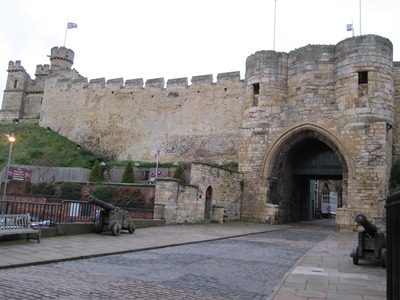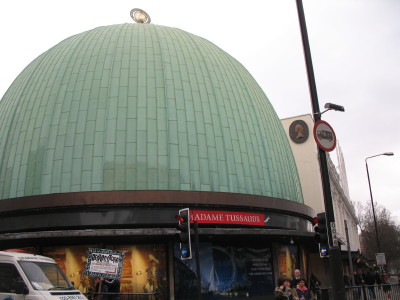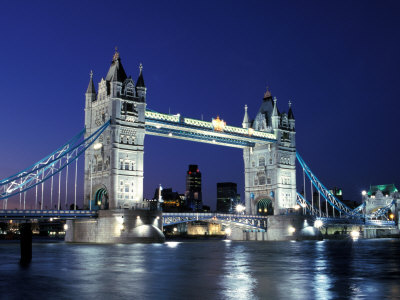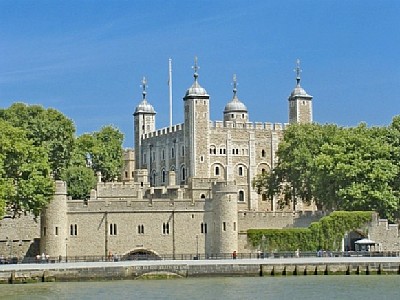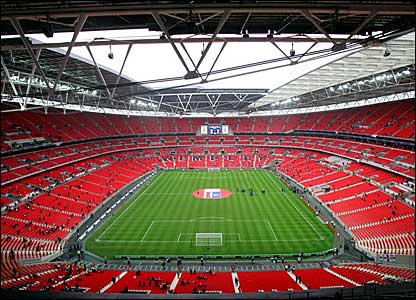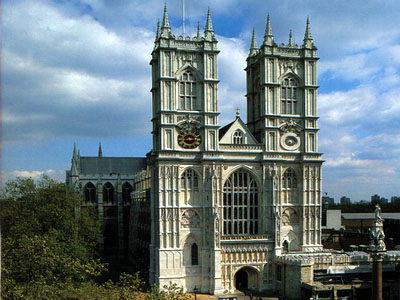Lincoln Castle
The Lincoln Castle was built by William the Conqueror, late in the 11 century. During the Norman Conquest he recognized the site as an important strategical point. Several important communication routs went past the site, and it was essential for fresh troops to reach other strategic locations. The castle was completed in 1068, two years after the defeat of Harold Godwinson. Since then, the castle has been sieged twice. The first time, in 1141, it was held. The second time, in 1217, it was conquered. Both attacks led to improvements being added to the castle. After the medival age the castle was used as a prison. The castle is very well preserved. Today it is used as a museum. One of the main attractions in the castle is one of the four exemplifications of Magna Carta.
London Eye
The Eye of London is the tallest Ferris Wheel in Europa, 135 metres tall. It is the most popular tourist attraction in London. More then 3,5 million people visit it every year. In clear weather you have a 40 kilometres view from the top. It has 32 capsules with room for 25 people each. Seating is provided for the the guests, but one is free to walk inside, getting full advantage of the 360 degree view. One revolution around the wheel take about 30 minutes.
Madame Tussauds
Palace of Westminster
Stonehenge
The Stonehenge is a series of standing stones placed in a circle in Wiltshire, England. It is in the centre of a huge archeologic complex consisting of Neolithic and Bronze Age monuments. It is not clear exactly when the stones were erected, but it is common belief that it was some time between 3000 BC and 2000 BC. The site is a UNESCO World Heritage Site. It is unclear what the function of the monument was. It has no written documents from it's creators. However there are several more or less plausible theories, giving birth to more then one widespread legend.
Tower Bridge
The Tower Bridge is a London icon. It's name is derived from the nearby Tower of London. It is 65 metres tall and the longest span is 61 metres over River Thames. The central span of the bridge, between the two towers, can open to let ships sail through. The side spans are constructed as suspension bridges. This combined bascule and suspension design was created by the architect Sir Horace Jones. In the old engine rooms of the south tower you can find a museum. Here you can see some of the original hydraulic machinery that was used to lift the bascules and other similar artifacts. Traffic on the river below is reduced compared to hpw it used to be. The bascules are lifted about one thousand times a year, often just to please tourists. Traffic on the bridge is still quite high. About 40.000 people cross the bridge every day.
Tower of London
Wembley Stadium
Westminster Abbey
The Westminster Abbey is a huge gothic church, close to the Westminster Palace, in London. It is the church where the coroniation and burial of monarchs of the Commonwealth realms traditionally take place. The construction of the current church was started in 1245. It was largely completed by 1517. The site, however, is a much older, and it has a long history, stretching back to the 7th century. The church is now inscribed as a UNESCO World Heritage Site. One of the oldest parts of the church, dating back to the vaulted undercroft beneath a former monk's dormatory, is transformed into a museum. In the museum is a collection of royal and funeral effigies.
